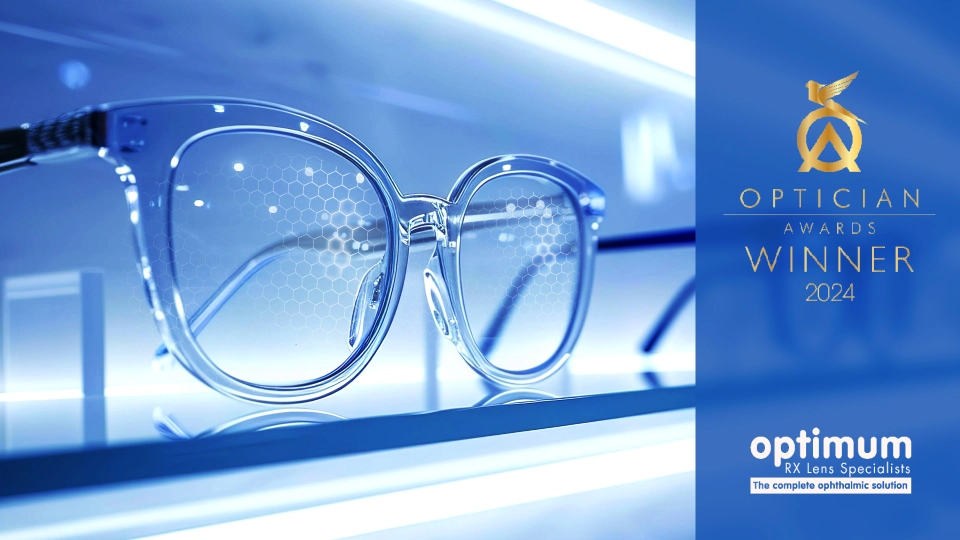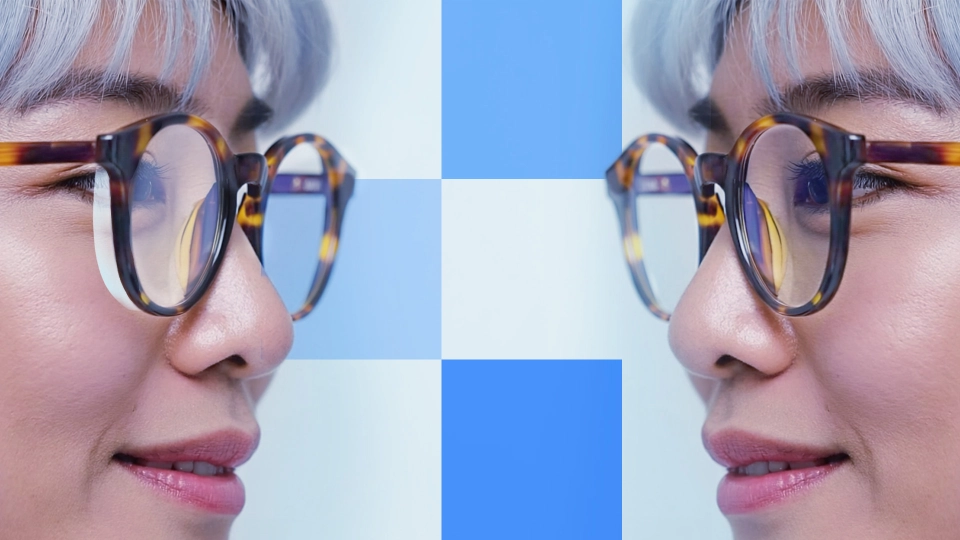
Presenting Patients with Ophthalmic Lens Trade-offs
Originally published in 20/20 Magazine as IOT Free-Form Insights Part 47

Presenting Patients with Ophthalmic Lens Trade-offs
Originally published in 20/20 Magazine as IOT Free-Form Insights Part 47
We all know that the products we offer our patients every day deliver tremendous benefits. We are the magicians who help them see. We also know that regardless of how fabulous the product is, there is always some compromise. When it comes to optical lens solutions, one size does not fit all, and one pair cannot meet all of our modern visual needs. Part of our job as opticians is to make sure that patients understand what they will be gaining but also what they will be giving up in order to meet all of their vision and eye protection needs while working, playing, relaxing, or driving during the day and at night.
Common Compromises in Lens Selection

Let us look at some compromises we must help patients navigate when choosing lenses. Whatever their needs, it will require more than one pair, and each pair will provide key benefits for the task-specific visual requirements they face throughout the day and night. What are some of the compromises patients might face? The most obvious is with progressive lens designs. Patients often have the option of higher or lower technology designs. And even when those designs are offered by a high-value supplier like IOT, there is an obvious compromise in terms of money spent. Higher technology designs cost patients more.
Within any level of technology, there can also be progressive lens designs which emphasize one field of vision over others. For example, within the IOT Endless Steady family of lenses, you can guide your patients toward a balanced design or a design with a larger zone for distance, in which case the near zone will be smaller. Alternatively, a design can be optimized to provide a larger zone for near, in which case the distant zone will be compromised. You can also choose a lens for intermediate, which is amazingly easy to get used to and super soft but compromises both the distance and the near zone. You can even choose specific lenses for active pursuits, like IOT Endless Sport, which have massive distance zones, but a small functional near zone so that athletes can see their phone screen.
High-Tech Lenses and Their Limitations
Beyond this, there may be compromises created by the specific design you choose. For example, Camber Steady Plus lenses, which are the highest level of technology offered by IOT and Younger Optics, have very few visual compromises, but this advanced technology requires the use of a specific and advanced lens blank. That means that not every single combination of material color and treatment is available in Camber Steady Plus lenses.
Another place we see trade-offs is in photochromic and polarized lens products. For photochromic lenses specifically, there is a compromise between hot temperature performance and deactivated clarity and fadeback speed because when it comes to photochromic lenses, these elements of performance can be two sides of the same coin. The manufacturer needs to balance the lens for the best overall performance for the specific product. This is part of the reason there are multiple brands of photochromic lenses available from any given supplier. For example, IOT offers Neochromes photochromic lenses and Neochromes Dark photochromic lenses. Neochrome lenses are crystal clear indoors and fade back quickly. Neochromes Dark lenses are not quite as clear indoors but get darker and have better hot temperature performance. However, they are slower to fade back in very cold temperatures. You see, there are always trade-offs.
Polarized lenses are my favorite sunglasses, and I absolutely love them. But even with polarized lenses, you have the trade-off of having a second pair of glasses with you for visual comfort outdoors or driving in bright light. I do not mind switching glasses, but for some people, changing glasses throughout the day is a compromise.
Helping Patients Make Informed Decisions
It is up to all of us as optical professionals to make sure we understand the products we offer, and the trade-offs required so that we can offer the absolute best vision solutions to our patients. There are many more examples of trade-offs, but what matters most is that patients are given the opportunity to learn about available solutions that will improve their lives along with any trade-offs so that their eyewear decisions are informed decisions.






